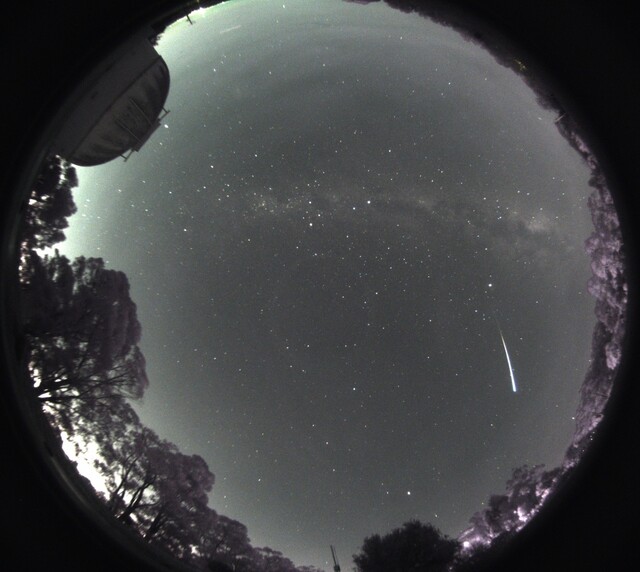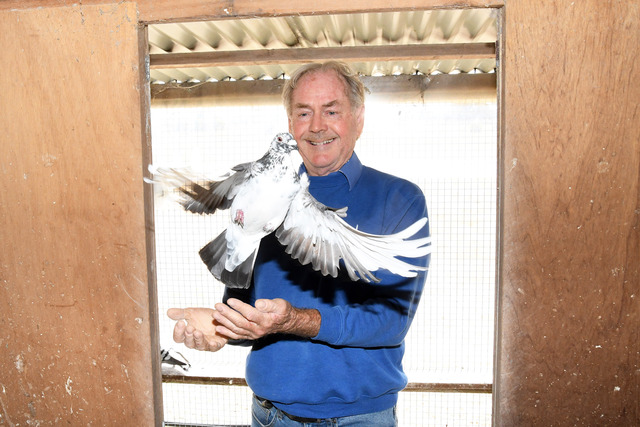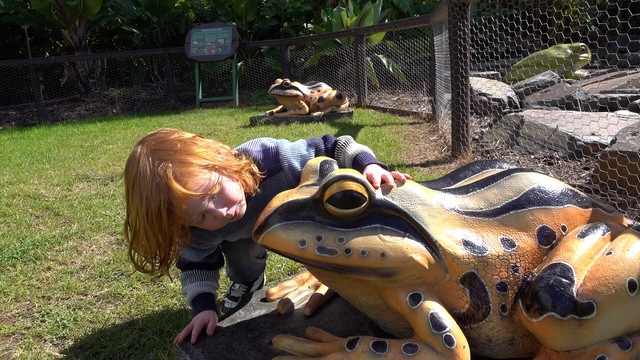A clear image of a fireball was captured on camera by volunteers at Mount Burnett Observatory (MBO) recently as several of the meteors made their way across the Victorian sky.
Astronomers have agreed it was a lucky sight to behold and the bright objects tracking across the winter sky that were later identified as fireballs were likely only a few centimetres big.
On Wednesday 3 July, MBO volunteers said they had heard there were multiple reports on social media of bright objects in the sky stretching from Tasmania to several hundred kilometres north of Melbourne.
The volunteers have an AllSky camera on site that records images of the sky 24/7 and were able to capture one of the objects in the moments it crossed from south to north.
On the night, secretary and committee member Kim Steere said they were able to capture the image of the first one, at 6.23 pm.
“We didn’t get an image of the second event at 9.03 pm,” she said.
“We suspected at the time it was a meteor, but it could have also been space junk.”
Astronomer at Swinburne University of Technology Allan Duffy said that seeing one fireball is always special having the chance to see two in one night so soon apart is very lucky.
“Despite the incredible brightness of the event, the objects burning up would only have been a couple of centimetres across – but they were travelling at 10,000 km per hour meaning that friction with the air caused them to glow brightly and burn away,” he said.
“Although incredibly empty, space does have dust and small pieces of rock and ice and even metal from the early days of the formation of our entire solar system floating around.”
“These meteor sightings are a wonderful reminder that such ancient fossil records of our beginnings are still with us floating in the depths of space, and just waiting for the earth to run into them as we go around the sun in our orbit”
Emerald Observatory Space debris optical tracking station Chief Executive Officer Lachlan Thompson said that the meteors were one of those rare visual events that were unexpected.
“These meteors although appearing bright and large are relatively harmless to humans on Earth as they are small enough to vaporise in the atmosphere,” he said.
“Our job here is to track space junk and space rocks – which may become meteorites”.
Mr Thompson is located 15km from Mount Burnett and operates a a privately funded research facility for the tracking and study of space debris to provide data for space situational awareness.
Professor Duffy said it was a stunning image taken by the MBO.
“They really do world-class research right there in the heart of the Dandenongs,” he said.
Any curious night-gazing public can view the sky around Melbourne live through the camera at the MBO at this link: https://allsky.mbo.org.au/allsky/
Professor Duffy said to make sure people also download the’ Fireballs in the Sky’ app on their smartphones.
“You can record any future sightings and help Australian astronomers to identify if and where a meteorite may have landed and recover this sample,” he said.







